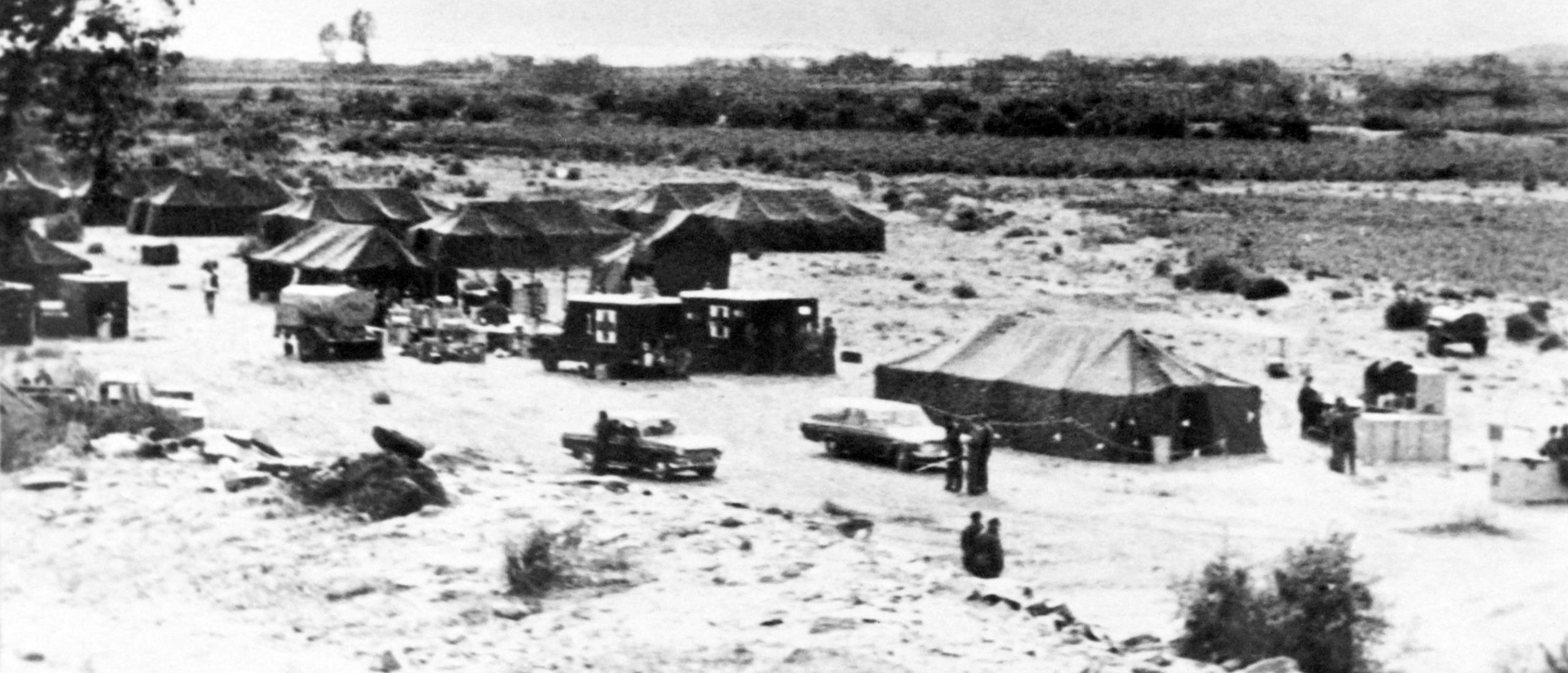The U.S. Supreme Court rejected an appeal on Tuesday by veterans for a review of their class-action claims seeking disability benefits because of Cold War-era exposure to radiation, the Associated Press (AP) reported.
Victor Skaar of Nixa, Missouri, filed class-action claims seeking benefits for him and other veterans who allegedly became ill from exposure to radiation during the recovery and cleanup of the undetonated hydrogen bombs at the site of a military air accident in Palomares, a village in southern Spain, in 1966, according to the AP. (RELATED: US Government Paid $128 Million In Duplicate Checks To Docs Treating Veterans, Report Finds)

Picture of the crash of a US B-52G bomber after its collision over the Mediterranean Sea with a KC-135 tanker on January 17, 1966, in Palomares, Spain. (Photo by AFP via Getty Images)
By rejecting the appeal for review, the Supreme Court, upheld the rejection of the case by the U.S. Court of Appeals for Veterans Claims, the AP reported. The federal appeals court’s rejection of Skaar’s petition for rehearing of the matter was filed Jan. 17, according to court documents.
Skaar was diagnosed with leukopenia in 1998, according to the court filing. He alleged that his illness might have been caused by radioactive exposure and that “for decades, the VA has employed a flawed dose estimate methodology that dramatically underestimated his and other veterans’ radioactive exposure,” according to the filing. Skaar’s lawyers told the court that Skaar also has skin cancer, now in remission, according to the AP.
A mid-air collision between a U.S. B-52 bomber and a plane during a refueling operation above Palomares on January 17, 1966, resulted in the release of four hydrogen bombs, according to the AP. Although none of the bombs exploded, 7 pounds of highly radioactive plutonium was scattered across the area. Skaar was one 1,400 service personnel involved in the cleanup. Skaar alleged that he and other service members did not wear protective clothing or masks as they cleaned up the site, according to the AP.
Mark Vichich, an attorney for the VA, previously defended the lower radiation exposure estimates provided by the Air Force, the AP reported.


